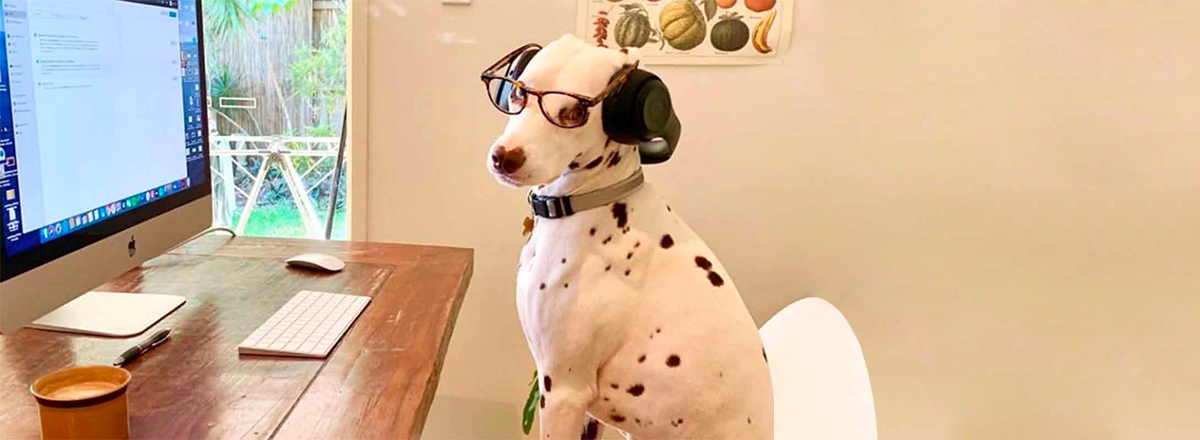In its recent blog post, Microsoft unveiled new guidance to employees regarding office space, salary and benefits, work site, work hours, and so on. The new guidelines provide more flexibility on workstyles.
The company announced that some of its employees will now be able to work from home even after the COVID-19 pandemic is over. That is, employees will have an opportunity to work remotely less than 50% of the week once they can get back to offices or ask for their manager’s approval of them working from home all the time. Staff can also move to a new location, with salaries adjusted based on geography.

“At the same time, the pandemic has raised questions about what our employees can expect in the future, so we provided some guidance this week to employees on our thinking about work flexibility,” Microsoft's Chief People Officer Kathleen Hogan said in a statement. “Moving forward, it is our goal to offer as much flexibility as possible to support individual workstyles, while balancing business needs and ensuring we live our culture.
Microsoft was also one of the first tech giants to send its staff home once the coronavirus pandemic erupted. Most of the company’s employees are still working from home due to coronavirus-related restrictions. But once the company’s offices reopen, staff can switch to remote work permanently. Microsoft has previously said that its employees will work remotely until at least January 2021.

Microsoft says it will cover the costs of creating home offices for those workers who decide to switch to remote work. While employees will be allowed to work remotely from anywhere in the US or even the world, compensation and benefits will vary. Microsoft will cover home office costs for employees who regularly work remotely, but those who decide to move from Microsoft's office will have to pay their own relocation costs.
At the same time, some of the employees will not be able to work from home all the time. This list includes people who have access to hardware labs, data centers, and those who train new personnel.
Microsoft called the new policy a "hybrid model" rather than the overarching work-from-home policy that other tech companies such as Twitter have adopted. In May, Twitter said that employees whose job does not require a physical presence in the offices could work remotely forever. A month later, Slack offered its workers a similar option.
Microsoft’s model is similar to Facebook’s, which lets employees work remotely with their manager’s approval and move to other locations. Therefore, Facebook CEO Mark Zuckerberg predicted that in ten years, half of the company’s employees would be working remotely.
















